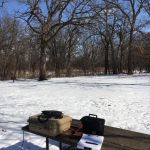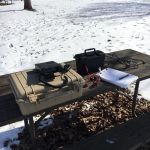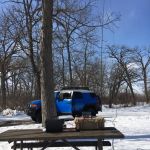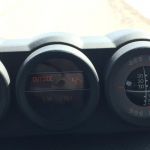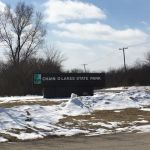For several years the club has provided communications support and course monitoring for the 3-mile MS Walk. This event has typically been held in Schaumburg, but recently moved to Lake Park High School in Roselle. We will continue to support this great event.
Club members should monitor SARC-ALL for details on signing up which require registering as a volunteer with the National MS Society. We’ll need about 10 hams for the event. The course covers about a 1-mile radius area so an HT should be sufficient for this event.
